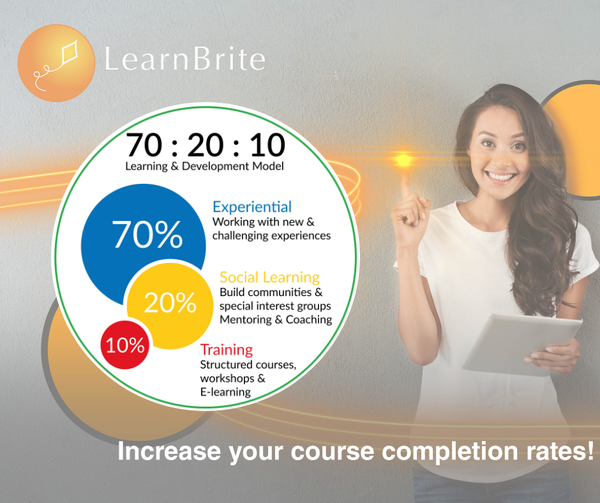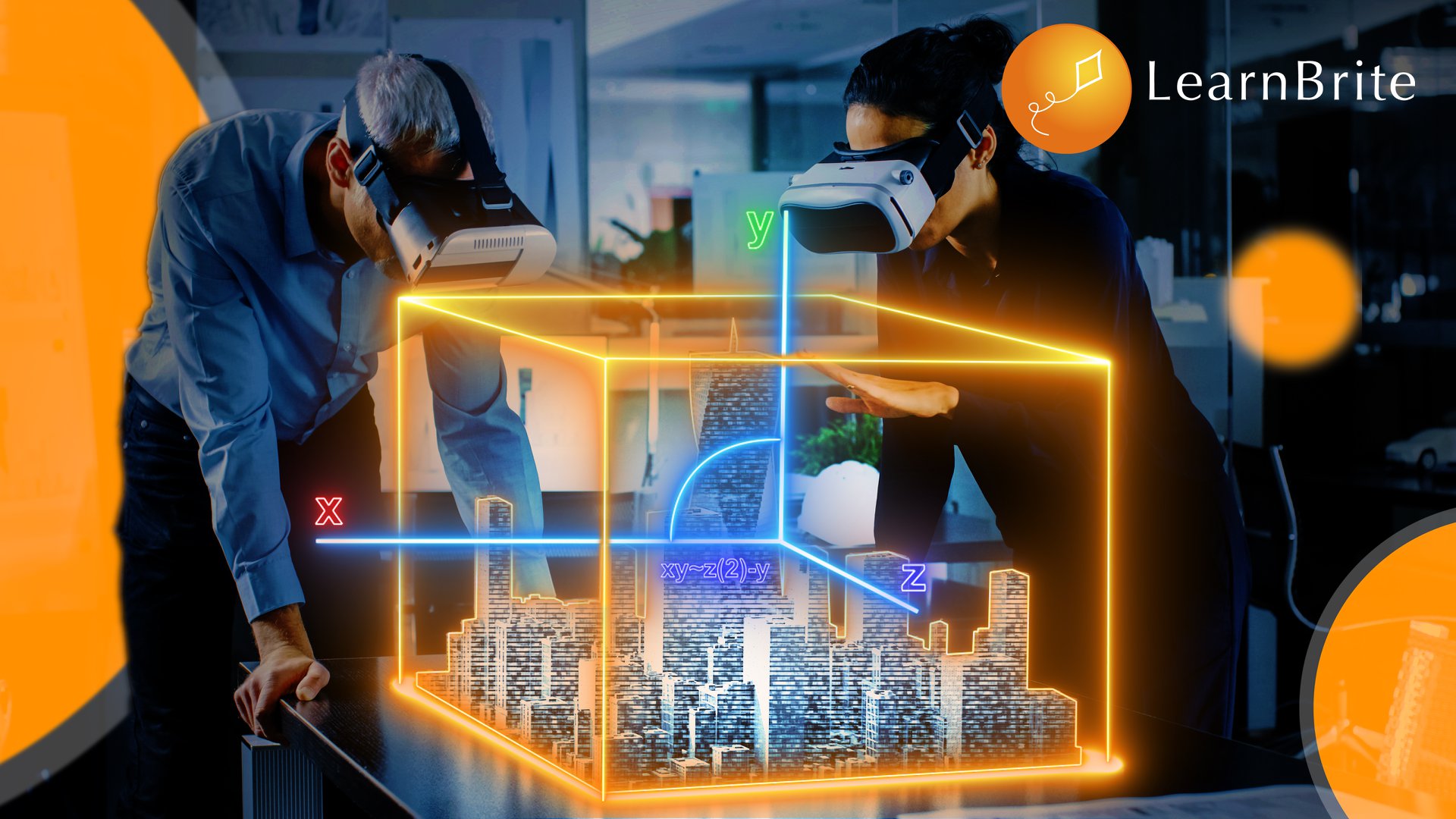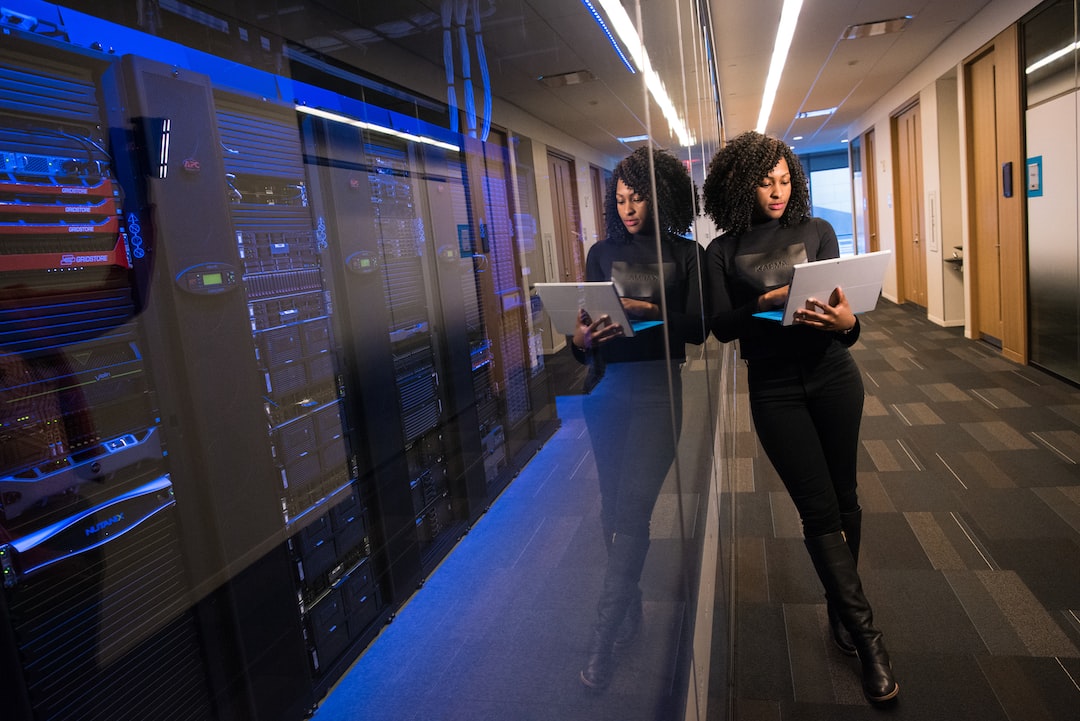In the world of learning and development, “instructional design vs instructional technology” is a topic that often sparks debate among professionals. Both disciplines play crucial roles in creating effective learning experiences but differ in their approach and focus. This post delves into the complexities of instructional design and technology, providing an understanding of their distinctive contributions to education.
We will begin by exploring the principles and benefits of instructional design, then examine instructional technology’s core concepts and advantages. Next, we’ll highlight the key differences between these disciplines – from goals and objectives to tools used and instructor roles. This comprehensive analysis will provide valuable insights for anyone designing or implementing learning solutions.
Finally, we’ll discuss how to choose between instructional design vs instructional technology based on your specific needs and introduce no-code platforms for creating immersive 3D experiential learning scenarios. By understanding the nuances of “instructional design vs instructional technology,” you can make informed decisions that lead to more engaging and effective educational experiences for your learners.
Table of Contents:
- Instructional Design vs Educational Technology
- Analyzing Learner Needs in Instructional Design
- Defining Objectives and Outcomes for Effective Learning
- Selecting Suitable Technological Tools in Educational Technology
- Integrating Instructional Design with Technology
- Creating a Learner-Centric Experience
- Frequently Asked Questions Instructional Design vs Instructional Technology
- Conclusion
Instructional Design vs Educational Technology
In e-learning and professional development, it’s essential to understand the differences between instructional design and educational technology. While both fields are related, they have distinct focuses that contribute to creating engaging learning experiences. This part will examine the distinctions between instructional design and educational technology.
Analyzing Learner Needs in Instructional Design
The primary goal of instructional designers is to create effective learning experiences by analyzing learner needs and defining objectives. This process involves understanding learners’ backgrounds, skills gaps, motivations, and preferences. By thoroughly analyzing these factors, instructional designers can tailor content delivery methods accordingly. For example, an organization might use a combination of blended learning approaches, including instructor-led training (ILT), self-paced online courses or microlearning modules for employees with varying levels of expertise.
Defining Objectives and Outcomes for Effective Learning
A critical aspect of instructional design vs instructional technology is setting clear objectives for each course or module within a curriculum. These objectives should be specific enough so that instructors and learners know what they must achieve by the end of the course/module. They should also be flexible enough to adapt based on participant feedback during implementation (source). Ensure successful outcomes align with overall organizational goals while addressing individual learner requirements effectively requires ongoing collaboration among various stakeholders involved throughout project lifecycles – such as subject matter experts (SMEs), trainers/facilitators responsible for delivering material face-to-face settings like classrooms workshops/webinars platforms etc., along those who manage/administer learning management systems (LMS).
Selecting Suitable Technological Tools in Educational Technology
On the other hand, educational technology focuses on selecting appropriate tools and platforms for delivering learning experiences efficiently. Staying abreast of the latest developments and utilizing cutting-edge approaches is imperative for professionals in this field. Some popular categories of educational technology tools include Learning Management Systems (LMS), content authoring software, virtual classrooms, mobile learning apps, and gamification platforms like LearnBrite’s no-code platform, which allows instructional designers to create immersive 3D experiential learning scenarios without any coding knowledge.
In summary, while instructional design and educational technology play crucial roles in creating effective e-learning solutions, they each have unique focus areas. The instructional design emphasizes analyzing learner needs and defining objectives/outcomes that align with organizational goals; meanwhile, educational technology involves selecting suitable technological tools/platforms that facilitate efficient delivery methods tailored towards diverse learners’ preferences/needs across various contexts/settings – whether traditional classroom-based environments or innovative online spaces leveraging state-of-the-art tech capabilities.

Instructional design and educational technology are important elements in creating effective learning experiences. By integrating instructional design with technological tools, learners can engage in meaningful activities that relate directly to real-world scenarios.
Key Takeaway:
This project aims to create a no-code platform for producing 3D experiential learning scenarios. The topic of discussion is the difference between instructional design and instructional technology, which will be explored in detail. Let’s dive in.
Integrating Instructional Design with Technology
To create impactful e-learning solutions, it’s essential to understand instructional design vs instructional technology and how best to integrate instructional design principles with innovative technologies. In this section, we will explore three key principles guiding tech-savvy learning solution development: social, contextualizing information, and focusing on user-centric experience.
Encouraging Interaction Among Learners Through Discussion Forums or Collaborative Activities
Incorporating social elements into your e-learning courses can significantly enhance the overall learning experience for participants. By providing opportunities for learners to interact with one another through discussion forums, group projects, or collaborative activities, you not only foster a sense of community but also promote knowledge sharing and peer-to-peer feedback. This approach aligns well with the expertise of instructional designers skilled at designing engaging and interactive experiences catering to diverse learner needs.
Ensuring Content Relates Directly Back Towards Real-World Scenarios Whenever Possible
- Case studies: Incorporate real-life examples in your course content using case studies that showcase practical applications of concepts being taught. This helps learners better grasp abstract ideas while understanding their relevance in workplace situations.
- Skill-based assessments: Evaluate learners’ progress by incorporating skill-based assessments that mimic real-world tasks they may encounter on the job. For example, use scenario-based questions instead of multiple-choice quizzes when assessing problem-solving abilities.
- Gamification: Integrate game-like elements such as point systems or leaderboards into your courses to make them more engaging and enjoyable for users while maintaining education value. Check out LearnBrite’s gamified learning solutions for inspiration.
Focusing on User-Centric Experience
A successful e-learning solution must prioritize the needs and preferences of its users. By leveraging instructional design principles alongside cutting-edge technologies, you can create a truly user-centric experience that caters to diverse learning styles and preferences. Here are some instructional design vs instructional technology strategies to consider:
- Adaptive Learning: Utilize adaptive learning technologies that tailor content delivery based on individual learners’ progress, ensuring they receive personalized instruction at their own pace.
- Mobile Compatibility: Ensure your courses are compatible with various devices, including smartphones and tablets, so that learners can access them anytime, anywhere. LearnBrite’s no-code platform is designed to create immersive 3D experiential learning scenarios that work seamlessly across different devices.
- User Feedback: Collect feedback from learners throughout the course development process to identify areas where improvements may be needed or new features could enhance their overall experience.
Those in the instructional design and learning & development sectors must stay abreast of modern trends and investigate new technologies, such as LearnBrite’s no-code platform, to create captivating educational experiences that meet current learners’ requirements. As an instructional designer or a learning & development team member, it is crucial to stay up-to-date with emerging trends in both fields and explore innovative tools like LearnBrite’s no-code platform for developing immersive training experiences tailored towards modern-day learners’ needs.

Integrating instructional design with technology allows us to create more engaging and interactive learning experiences for our learners. By creating a learner-centric experience, we can provide digital training options tailored to each individual’s preferences and needs.
With LearnBrite, you can seamlessly integrate with enterprise Single Sign-On (SSO) authentication, ensuring robust data privacy and security at bank-level standards. Your Metaverse is protected, adhering to governmental standards such as GDPR (General Data Protection Regulation), providing peace of mind and compliance with your organization’s data privacy requirements.
Key Takeaway:
This project aims to create a no-code platform for producing 3D learning scenarios suitable for various types of training. The topic of instructional design versus instructional technology will be explored in the development process.
Creating a Learner-Centric Experience
Prioritizing a learner-centric experience when developing your instructional strategies is crucial regardless of whether you’re using traditional classroom-based teaching methods or innovative e-learning solutions incorporating state-of-the-art technologies. This section will delve into various ways of designing content delivery that considers user-centricity without compromising overall effectiveness.
Providing More Digital Training Options for Diverse Learners’ Preferences/Needs
To cater to learners’ diverse needs and preferences, instructional designers should consider offering multiple digital training options. This can include different e-learning solutions, such as self-paced courses, instructor-led sessions, micro-learning modules, gamified learning experiences, and role-play simulations like those offered by LearnBrite. By providing a variety of learning formats and styles, you ensure that each individual has access to resources tailored to their unique requirements.
- Self-paced courses: Allow learners to complete lessons independently with minimal instructor supervision.
- Instructor-led sessions: Facilitate real-time interaction between learners and educators through live webinars or virtual classrooms.
- Micro-learning modules: Break down complex topics into smaller chunks for easier consumption in short bursts.
- Gamified learning experiences: Incorporate game elements like point systems or leaderboards to motivate users to achieve specific course material goals.
- Role-play simulations: Provide immersive environments where participants can practice new skills in realistic scenarios.
Cutting Down Long Presentations and Breaking Up Unbroken Blocks of Text
Long presentations and large blocks of text can overwhelm learners, leading to disengagement or information overload. To create a more user-centric experience, instructional designers should focus on breaking down content into smaller, digestible segments. This can be achieved by:
- Using multimedia elements: Incorporate images, videos, audio clips, or interactive components like quizzes to make the learning material more engaging and visually appealing.
- Chunking information: Divide lengthy topics into subtopics with clear headings and concise paragraphs that are easier for users to process.
- Incorporating white space: Space out text sections using bullet points or numbered lists where appropriate to improve readability.
- Focusing on key takeaways: Highlight essential points within the content so learners can quickly grasp crucial concepts without getting lost in excessive detail.
Taking these steps will enhance the learner’s experience and contribute towards better knowledge retention rates among your target audience. Remember that an effective instructional design strategyprioritizesicity and overall effectiveness when delivering educational content across various platforms.
Key Takeaway:
This project aims to create a no-code platform for producing immersive 3D learning scenarios. The topic of discussion is the difference between instructional design and instructional technology, which will be explored in detail.
Frequently Asked Questions Instructional Design vs Instructional Technology
Is instructional design the same as instructional technology?
No, instructional design and instructional technology are not the same. The instructional design focuses on creating effective learning experiences by applying principles of learning theory, while instructional technology involves using various tools and technologies to deliver educational content. Both disciplines work together to create engaging and impactful learning solutions.
What is the relationship between instructional design and instructional technology?
The relationship between instructional design and instructional technology is complementary. Instructional designers develop well-structured courses based on learning theories, while technologists implement these designs using appropriate tools and platforms. They ensure learners have an effective, engaging, and accessible experience.
What are instructional design and learning technology?
Instructional design refers to developing effective teaching strategies based on principles of how people learn. Learning technology (also known as educational or e-learning) encompasses a wide range of digital tools used in delivering educational materials, such as online courses or multimedia presentations.
What is the difference between instructional design and instructional development?
In general terms, instructional development refers to building a course once it has been designed. Instruction…
Conclusion
The choice between instructional design and technology depends on the learning objectives, budget constraints, target audience and desired outcomes. No-code platforms provide a great way to bridge the gap between instructional design and technology by allowing users to create immersive 3D experiential learning scenarios with minimal effort. As such, educators need to understand both instructional design vs instructional technology to develop effective learning solutions that meet their needs.
Make your Metaverse future-proof with LearnBrite‘s browser-based platform, allowing seamless access across smartphones, tablets, laptops, and VR/AR headsets without downloading or installing software. Empower users to explore and experience your Metaverse effortlessly, ensuring maximum accessibility and convenience.
Experience the power of instructional design and technology with LearnBrite‘s no-code platform. Create immersive 3D experiential learning scenarios that are engaging, interactive, and tailored to your organization’s needs.


Recent Comments